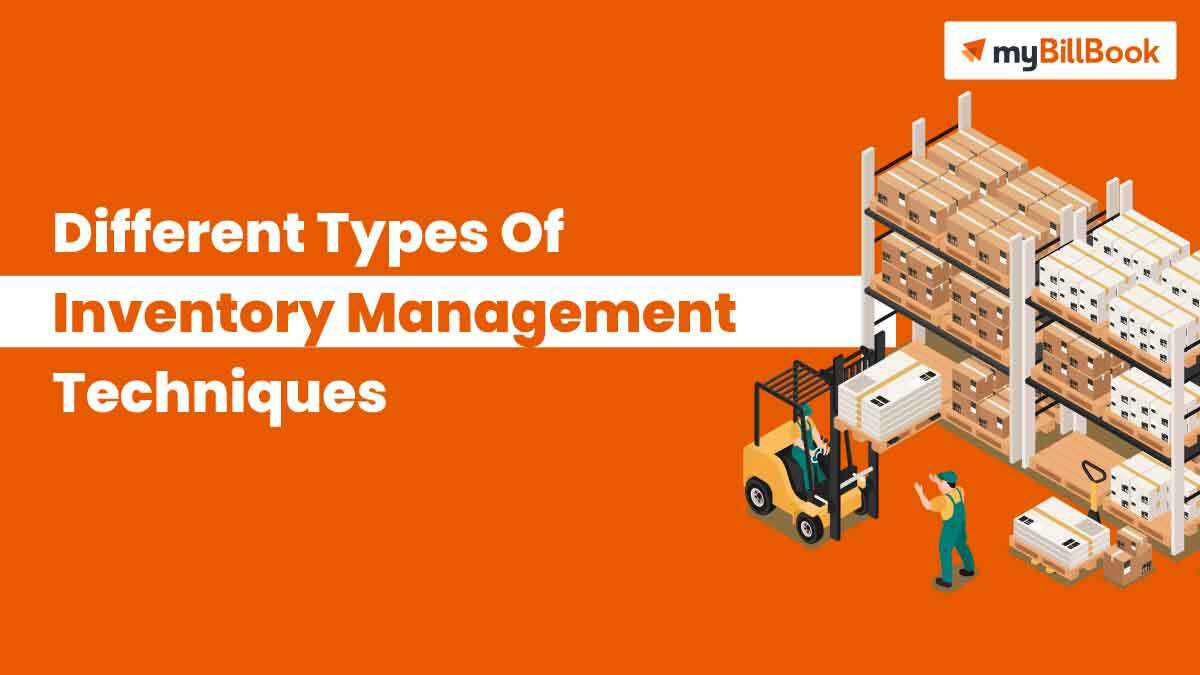Backstage & Influences

It considers order and carrying costs, demand patterns, customer behaviours and seasonal shifts. This process feeds into inventory planning, where a business uses the information gathered to set reorder points and create mitigation strategies for any supply risks or demand shifts. Inventory forecasting is the process of analysing historic data and trends to plan future inventory requirements. The aim is to identify what quantity of stock will be required throughout the year and what external factors may affect demand. Retailers largely deal with merchandise inventory – goods that have already been produced to the point at which they can be marketed and sold.
What Is Inventory Management? Benefits, Challenges, and Methods
Think of all the materials being used on a factory floor as WIP inventory. On the balance sheet, it reflects the amount your passion shop reviews paid for all products yet to be sold. It’s essentially a holding account for inventory that’s ready for sale.
Inventory management challenges
But also because lots of teams have hidden private inventories of MRO items. MRO inventory refers to all the inventory needed for maintenance, repair, and operation. It’s all the materials, equipment, and supplies used for manufacturing that don’t end up as part of the finished good.
Careers in inventory management

Arguably, the most important of those variables is customer satisfaction. After all, without customers, there’s no business in the first place! By tracking their available supply using different types of inventory. We offer programs like business management and supply chain and operations management that can help you acquire the skills to successfully manage inventory. Our business programs are online, accredited, and designed with input by industry experts, so you can earn a respected degree at a pace that works for you.
Just in time (JIT)
Inventory is a major asset for any manufacturing or trading business, so it’s important for business owners to understand what it really means. In addition to the common definition, certain industries like manufacturing and service use specialized definitions that account for all of the assets relevant to that industry. Knowing the different types of inventory, including types that aren’t specifically used in accounting, can help business owners understand how their inventory is working for them.
- It protects against stockouts or delays in raw material, finished foods, or packaging inventory.
- Inventory accounting is the task of valuing and reporting on the inventory held by a business.
- You’ll be more aware of where your money is tied up, and you’ll be able to make decisions that protect that investment.
Hence “just-in-time.” This system is commonly referred to as lean manufacturing since it significantly reduces the amount of inventory a business has at any given time. Choosing an inventory management strategy depends on the industry you operate in. For example, businesses that deal in raw materials and commodities might need to store large quantities of inventory, while a retailer or drop shipper might utilize a lean approach. Some manufacturing businesses have thousands of items they need to keep track of and forecast demand for. Most often when people refer to inventory, though, they mean products that you intend to sell.
Decoupling inventory held by manufacturers to prevent production stoppages. Decoupling stock is a type of safety stock specific to manufacturers in that it prevents a stock out of any one item from grinding operations to a halt. Putting your inventory into the right buckets can make your accounting life much easier, but the types of inventory you hold can often depend on your inventory management philosophy.
This prevents a slowdown in one area from immediately affecting another. The benefit to the supplier is that their product is promoted by the customer and readily accessible to end users. The benefit to the customer is that they do not expend capital until it becomes profitable to them.
They’re made up of the materials your business uses to produce its own goods. Some types of inventory are intangible – but still important – meaning they’re easily forgotten. To wrap up this list, let’s look at three kinds of unseen inventory. This is a planning method that considers inventory based on price. The categories are H, which refers to high unit value items, M, or medium unit value items, and L, or low unit value items.
They’re not part of the final product but are vital for business functions. This includes tools, machine parts, cleaning supplies, and office materials. Consider a fashion retailer such as Zara, which operates on a seasonal schedule. Because of the fast fashion nature of turnover, Zara, like other fashion retailers is under pressure to sell inventory rapidly. Zara’s merchandise is an example of inventory in the finished product stage.
-
Search